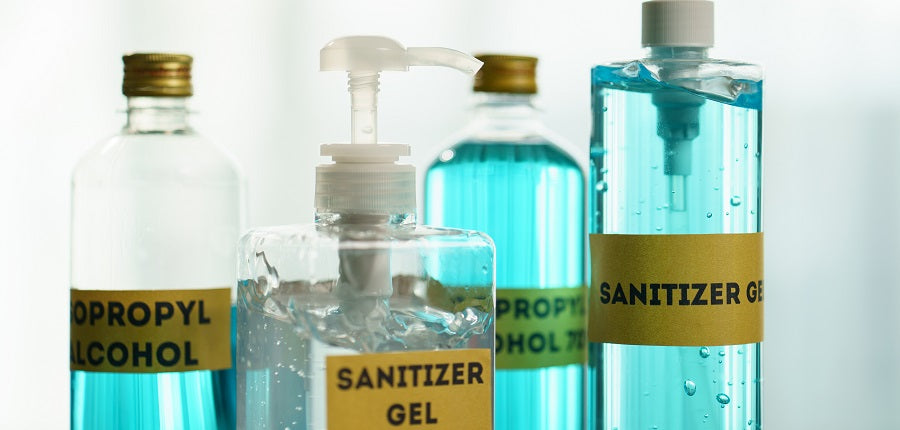There are many types of disinfectants used in hospitals, medical facilities, and healthcare organizations.
Disinfectants are needed to sanitize surfaces and kill bacteria, microorganisms, and other materials potentially harmful to staff and patients.
Did you know on any square inch of surface, up to 600,000 bacteria can exist – it’s true!
Though most of those are harmless, some are disease-causing and even deadly. Disinfectants certainly have a massive role to play in our hospitals and healthcare facilities. These are the different kinds of disinfectants considered for this type of environment.
Quats
Quats are ‘quaternary ammonium compounds’. They make up a type of hospital-grade disinfectants in Canada.
Quats are affordable to buy and work quickly to kill micro-organisms. They are often given ‘broad spectrum kill’ designation which means they can be used on common, dangerous and/or emerging bacteria and viruses such as coronavirus.
Alcohol Cleaners
Alcohol-based cleaners are effective against most bacteria and viruses, including coronavirus.
Alcohol, unfortunately, evaporates quickly. They have to be diluted to work. Alcohol-based cleaners are flammable and aren’t always effective against organic matter. That said, there’s a gradient, with some alcohol disinfectants being better than others.
Hydrogen Peroxide
Hydrogen peroxide is one of several types of disinfectants often referred to in the battle against viruses and bacteria.
Hydrogen peroxide is a very eco-friendly disinfectant, as it breaks down naturally into hydrogen and oxygen. Though effective and mildly acidic, excessively high concentrations of hydrogen peroxide are considered unstable and dangerous.
Chlorine Compounds
Chlorine-based disinfectants kill a number of resistant viruses and similar organisms. They are oftentimes used to clean bodily fluids.
There are many benefits to chlorine as a cleaner. The kill time is quick. The drawback is that chlorine’s known to cause discoloration, can irritate, and can be corrosive. As long as they’re applied smartly, chlorine is a medical disinfectant perfect for healthcare and food processing plants.
Other Hospital-Grade Disinfectants
- Aldehydes. This type of disinfectant is used against tuberculosis-causing bacteria. Unfortunately, aldehydes don’t work on all bacteria and can cause health problems such as asthma.
- Iodophors. This is a common disinfectant for medical equipment, however, can stain surfaces and have an unpleasant odor. Iodophors aren’t used as often as other disinfectants.
- Phenolic compounds. Highly effective against pathogenic bacteria, any disinfectant employing phenolic compounds is toxic, corrosive, and can be damaging on certain surfaces.
Why Do We Use Different Disinfectants?
Why can’t we just use one disinfectant for everything – the answer lies in the intensity of the pathogen-killing ingredient inside one of these cleaners.
Disinfectants work by disrupting and damaging cells at a cellular level. An overly strong disinfectant can be damaging to human beings, surfaces, or equipment. It requires a mix of hospital-grade disinfectants to properly clean a facility.
Find medical disinfectants and more Black Friday Deals at Lierre.ca. Everything you need and more to clean a medical setting, such as a clinic, office, or even a hospital.

